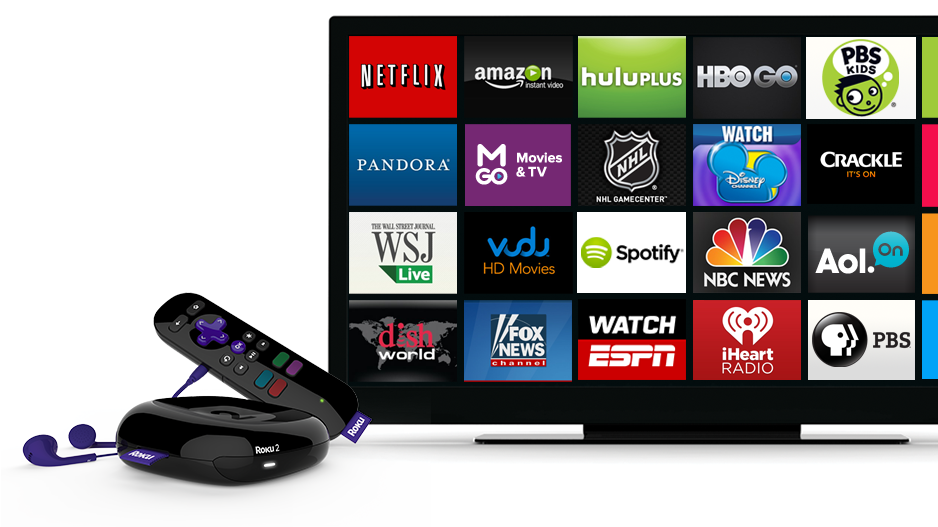Apple has been adjudged the winner for authenticated and unauthenticated streaming video, according to new analysis by Adobe Digital Index (ADI), which found that Apple TV controls the major share of TV Everywhere viewing. In addition, iOS devices (iPhone and iPad) represent the majority (82 per cent) of all unauthenticated mobile video viewing.
“Apple is sitting in the catbird seat because of its dominant position with access to consumers and a wealth of video data,” said Tamara Gaffney, principal analyst at ADI. “The challenge will be to see if it can monetise the strategy fast enough to get ahead of the movement away from linear TV toward digital viewing. Apple is clearly looking to play in the video-streaming market, and the growth of that market is a big indicator as to why.”
The streaming video market is growing rapidly. TV Everywhere viewing, for example, has seen 282 per cent growth year over year (YoY), with Apple TV devices doubling their share of premium video viewing quarter over quarter (QoQ) from 5 per cent to 10 per cent-overtaking Roku.
Growth can’t be attributed to singular events, such as the World Cup, according to Gaffney. “This is more organic,” she said. “It goes to show that this industry is taking off, and, clearly, that’s why Apple is trying to get out in front of it.”
Apple devices currently drive 62 per cent of all authenticated pay-for-TV video views. Roku also saw an increase in share, as use of connected TV devices becomes more popular.

Overall, connected TV devices, such as Apple TV and Roku, and gaming consoles, such as Xbox, saw dramatic TV Everywhere share growth, from 6 per cent to 24 per cent YoY. These devices have taken share away from Macs and PCs; marketers need to take note and adjust strategies accordingly, Gaffney said.
“When it comes to digital video, people are either watching on a portable device or on a high-fidelity screen,” Gaffney said. “It looks like desktops are losing the battle in the home, bringing the TV Everywhere viewing platform full circle and returning viewers to the living room.”
iOS, on the other hand, widened its lead of viewing share from 43 per cent to 47 per cent YoY, while Android’s share remained relatively flat at 15 per cent. Desktop viewing reached a new low, dropping from 36 per cent to 14 per cent share YoY.
The release of on-demand viewing (Netflix, HBO Go, Hulu), according to ADI, has dramatically shifted trends in TV programming consumption–impacting ad-buying strategies as a result. ‘Must-see’ Thursday night TV, where a lot of ad dollars were once spent, has now shifted to Wednesdays, which is the most popular night for TV Everywhere viewing (followed by the weekend). Friday leads with the highest frequency of ‘binge watching’.
“TV Everywhere is replacing linear TV, and, therefore, marketers’ planning cycle needs to change,” Gaffney said. “Consumers now are in control and are changing when and how they watch TV.”
When it comes to the most popular browsers for online video viewing, Google’s Android and Chrome continue to grow faster than Apple’s Safari, albeit by only a few percentage points. Overall, Google is up 18 per cent YoY and Safari is up 15 per cent YoY, at the expense of Internet Explorer and Firefox.
Desktop browsing, in general, is decreasing, and smartphone browsing is on the rise, according to ADI. ADI predicts smartphones will cross over the desktop line in 2017, which has implications for marketers because the average order value and conversion rate on mobile is much lower than on desktop.
According to ADI, tablets have becomes the media device of choice, used specifically for leisurely activities such as video viewing and listening to music.
“The key takeaway from our analysis is that the streaming video space is growing fast, and Apple is growing by building out an ecosystem of devices as it relates to that space,” Gaffney said. “Apple is leaning toward having a bigger play there than in the past. For marketers that means having a blanket approach to advertising is not going to work. They need to think about who is viewing and when. The strategy needs to be evolving and more complex to match the evolving and more complex nature of the landscape.”

